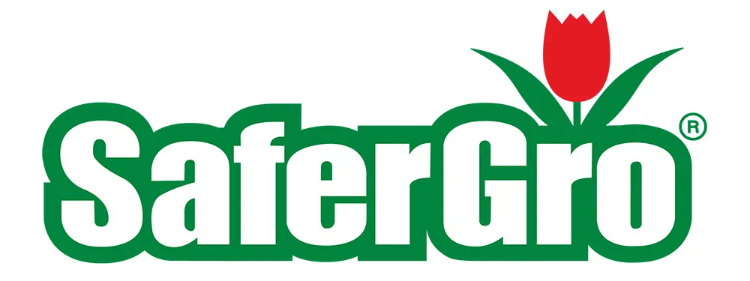How Do You Know if Low pH Plants are Right for You?
The relationship between plant health and soil pH can be tricky. Your soil can have a too low pH, too high a pH, and a neutral pH. When the soil pH changes the quantity of soil nutrients doesn’t necessarily change. What does change is their availability to plants. Soil pH that moves above the neutral point of 7.0 we refer to as being in the too acidic alkaline range. Its in this range that nutrients get “locked in” or “tied up” into soil, making it impossible for roots to absorb these essential nutrients. The same problem inaccessibility also happens when soil pH falls below 7.0, the range we refer to as acidic.
The Exceptions
Most plants grow best in soil that is slightly acidic (between 6.0 and 7.0) where plant nutrients are most readily available. However, certain low pH loving plants best gain access to nutrients when pH drops. Unlike most plants, these outliers find nutrients such as iron more available to them at these low pH points.
How Do You Know if Low pH Plants are Right for You?
Not all soils are the same, and it’s to keep in mind many plants, shrubs, trees, and grasses require a specific nutrient balance. To determine the pH of your soil, perform a soil test to determine your alkaline levels. This will give you the best idea of what you are working with. There, you can select plants that prefer low pH soils, or you can add soil amendments to change it to where your desired plants need it to be.
Changing Your Soil pH
Preparation can’t be emphasized enough when it comes to gardening, especially when growing an acid loving plant. With the help of our OMRI listed pH DownTM, you can easily lower the pH of your soil and allow nutrients to be more available for increased uptake. Safergro’s pH DownTM is a natural and environmentally friendly way to safely aid your soil pH.
Acid Loving Fruits and Vegetables
Apples

Apple trees grow best with slightly acidic soil. This is specifically anywhere between 5.5 – 7.0. For backyard gardeners you can grow some of its cultivars in pots like swarf or semi-dwarf apple trees.
Blueberries

Blueberries are a superfood that is super delicious and a great source of fire. They thrive in full sun with well-drained soil that is high in organic matter and a pH between 4.0 – 5.0.
Arugula

Arugula are tangy and have a mustard-like flavor making them a wonderful addition to salads. The high in fiber and phytochemical vegetable flourishes in soil between 6.0 – 6.8.
Beans

Beans are excellent addition to any healthy diet and surprisingly easy to grow. A rich source of protein, they grow best in soil between 4.2 – 6.0.
Celery

Homegrown celery is a gardening staple. You can easily grow it in containers in spring or fall with a soil between 6.0 – 6.5.
Conclusion
Sustainability and environmentally consciousness in gardening is very important for us and passionate about delivering information on how we can all do our part to help. Stay connected with us via Instagram and Facebook for more blogs and our product recommendations.
Share
